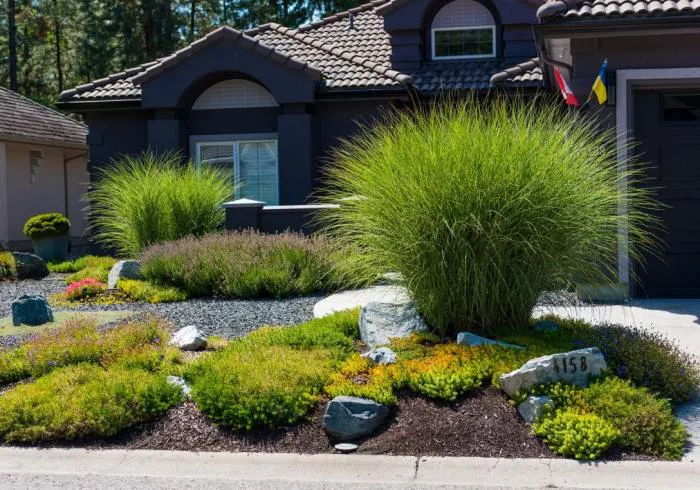Smart irrigation begins with hydrozoning—grouping plants by water needs to eliminate waste. This science-backed approach optimizes plant health while conserving water, cutting costs, and promoting sustainability. From calculating precise ET rates to designing efficient irrigation zones, discover how hydrozoning creates thriving, drought-resilient landscapes.
How Grouping Plants by Water Needs Saves Resources
Irrigation is essential for maintaining healthy, vibrant landscapes—but overwatering harms plants and wastes water. Hydrozoning, the practice of grouping plants with similar water requirements, offers a solution. This method ensures efficient irrigation while conserving resources and reducing costs.
Understanding Hydrozones
Hydrozones categorize plants based on their water needs:
- High-water zones (e.g., lawns)
- Moderate-water zones (common ornamentals)
- Low-water zones (native or drought-tolerant species)
- Very low-water zones (succulents, desert plants)
Mixing plants with different water needs in the same zone leads to over- or under-watering. Instead, landscapes should be designed so each hydrozone receives precise irrigation tailored to its plants.
Factors Influencing Water Needs
Beyond species, several environmental factors affect hydrozone planning:
- Sun exposure (west-facing plants may need more water)
- Soil type (clay retains moisture; sandy soil drains quickly)
- Wind conditions (increased evaporation)
- Adjacent surfaces (reflective heat from walls or pavement)
- Mulch type (organic mulch conserves moisture better than gravel)
Existing trees also dictate hydrozone boundaries. High-water trees like willows conflict with low-water underplantings, while native oaks suffer if overwatered. Proper planning ensures irrigation aligns with each plant’s needs.
Designing Efficient Hydrozones
Zone Size and Irrigation Systems
- Spray irrigation must avoid overspray into adjacent zones.
- Drip systems allow precision but should balance cost-effectiveness—small zones may not justify separate valves.
- Valve programming should account for each zone’s unique needs, including sun exposure and soil type.
Calculating Water Requirements
Evapotranspiration (ET) rates, published by agricultural agencies, measure water loss from soil and plants. By applying plant factors—percentages of ET tailored to species—landscapers can determine exact irrigation needs. For example:
- High-water plants need 70–90% of local ET.
- Moderate-water plants require 40–60%.
- Low-water species thrive at 10–30%.
Smart irrigation controllers use real-time weather data to adjust watering schedules, optimizing efficiency.
The Benefits of Hydrozoning
- Healthier plants receive ideal moisture levels, reducing stress.
- Lower water bills from minimized waste.
- Environmental sustainability by conserving a scarce resource.
Conclusion
Hydrozoning merges science and design, creating landscapes that flourish with minimal water. Whether planning a new garden or retrofitting an existing one, this strategy ensures beauty, efficiency, and sustainability.
For more on drought-tolerant landscaping, explore lawn alternatives and native plant guides.

